Frost Protection - UTL Repository
Frost Protection - UTL Repository
Frost Protection - UTL Repository
You also want an ePaper? Increase the reach of your titles
YUMPU automatically turns print PDFs into web optimized ePapers that Google loves.
]<br />
F R O S T P R O T E C T I O N : F U N D A M E N T A L S , P R A C T I C E A N D E C O N O M I C S<br />
[<br />
and to read the thermometer. This method is less accurate than using a dew-point<br />
hygrometer, but it is often sufficiently accurate for determining start and stop<br />
temperature for sprinklers.<br />
FIGURE 7.11<br />
A simple method to estimate the dew-point temperature<br />
Slowly add ice cubes to the water in a shiny<br />
can to lower the can temperature. Stir the<br />
water with a thermometer while adding the<br />
ice cubes to ensure the same can and water<br />
temperature.<br />
When condensation occurs on the outside of<br />
the can, note the dew point temperature.<br />
In most of the literature on using sprinklers for frost protection, the start and<br />
stop air temperatures are determined relative to the dew-point and wet-bulb<br />
temperatures. In reality, they should be based on the ice point and frost-bulb<br />
temperatures since ice covered plants are more common than water covered<br />
plants at subzero temperatures. However, a table of air temperatures<br />
corresponding to subzero dew-point and wet-bulb temperatures is nearly<br />
identical to a table of air temperatures corresponding to the ice point and frostbulb<br />
temperatures. Therefore, only the dew-point and wet-bulb temperatures<br />
are used in Table 7.5, to avoid confusion with common practice.<br />
To use Table 7.5, locate the wet-bulb (T w ) temperature in the top row that is<br />
greater than or equal to the critical damage (T c ) temperature for the crop. Then<br />
locate the dew-point (T d ) temperature in the left-hand column and find the air<br />
temperature in the table that corresponds. Make sure that the sprinklers are<br />
operating before the air temperature measured upwind from the crop falls to the<br />
selected air temperature. The values in Table 7.5 are for sea level, but they are<br />
reasonably accurate up to about 500 m elevation. For more accuracy at higher<br />
elevations, the SST.xls application program, which is included with this book,<br />
does these calculations and it can be used to determine exact starting and<br />
stopping temperatures for any input elevation.<br />
168


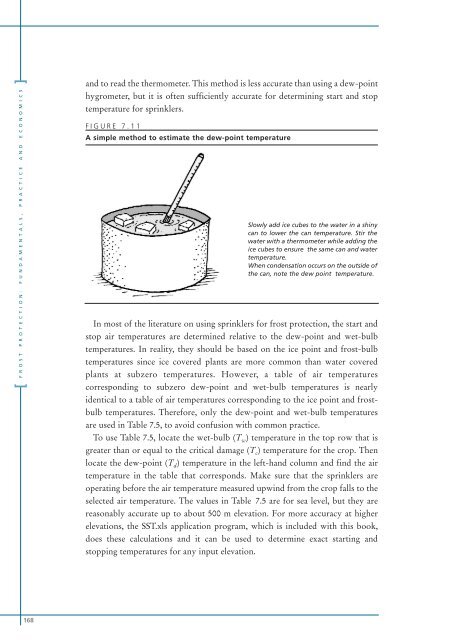
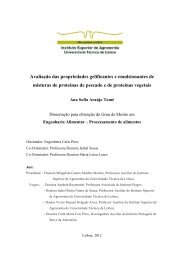
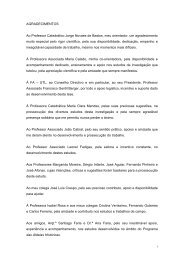
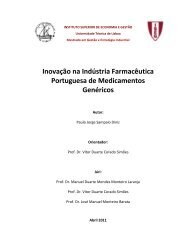
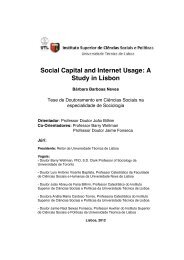
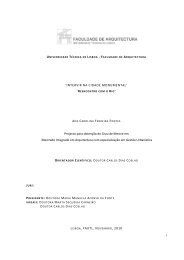
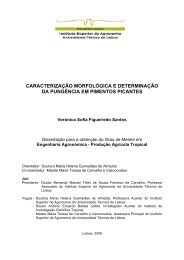

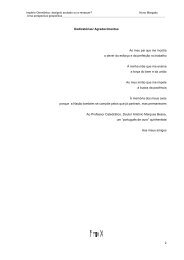
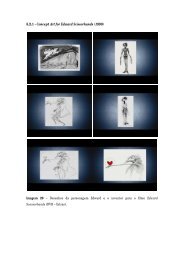
![Tese - Es..[1].pdf - UTL Repository - Universidade Técnica de Lisboa](https://img.yumpu.com/25707135/1/184x260/tese-es1pdf-utl-repository-universidade-taccnica-de-lisboa.jpg?quality=85)


